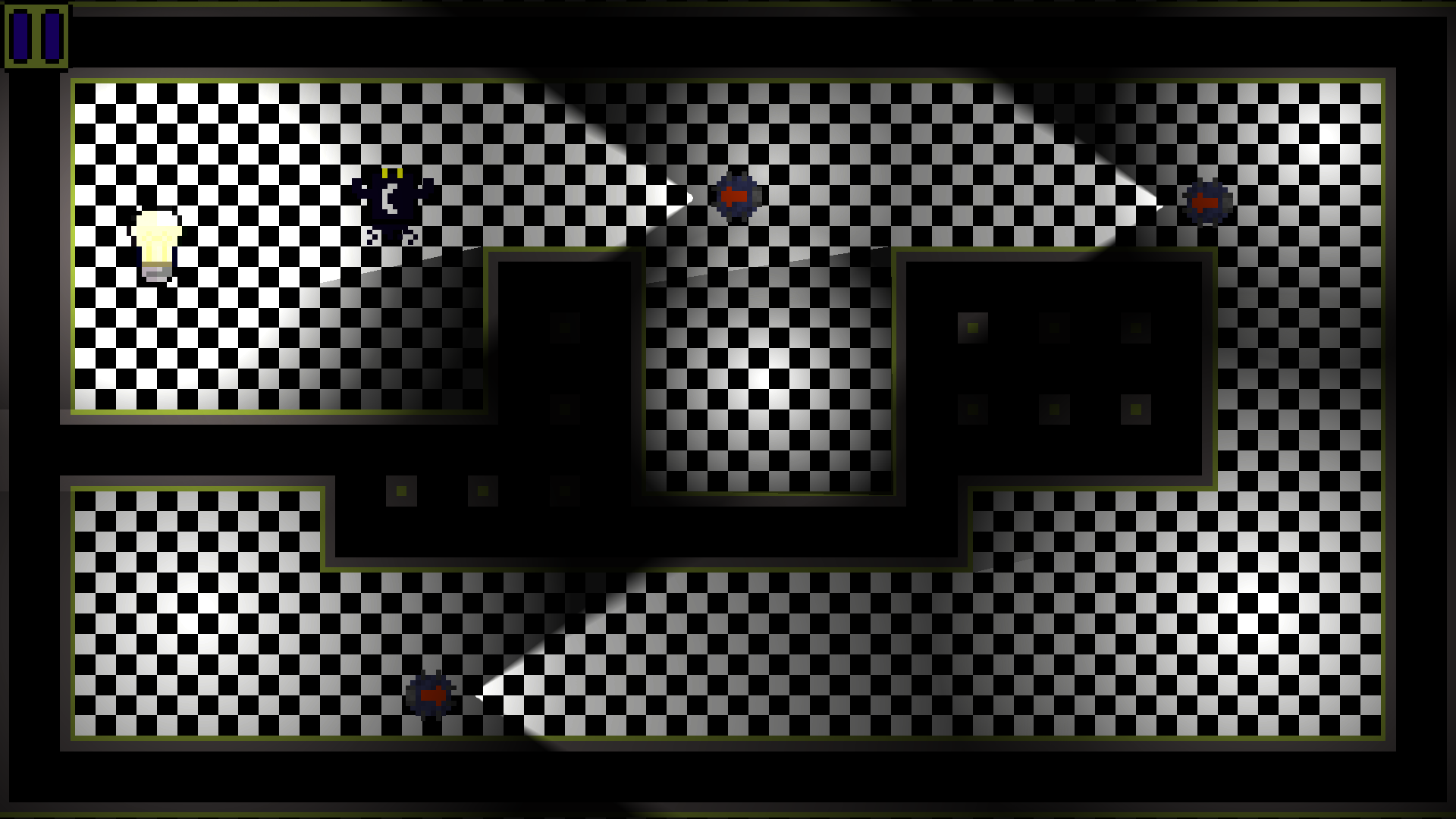Summary: This blog helps you restore the Mac when recovery partition is missing or not found.
Do avail the trial version of Stellar Data Recovery Professional software if need for data recovery arises.
Once done, close it, Play on Mac/Play on Linux window will ask you to create a shortcut, choose the Steam.exe, click next, rename it into SteamBanished or something similar (if you install multiple Steam games, each one should require it's own virtual drive, meaning its own Steam, thats why renaming it is not stupid), click next, click 'I don't. What Mac do you have and What version of OS X are you running. Sep 23, 2017 @ 10:33pm I have a Macbook Air on version 10.10.5. Furniture Maker. Sep 24, 2017 @ 12:33pm If I recall correctly the MacBook Air does not have a lot of storage.
Recovery HD is a hidden partition on your macOS and OS X. In times of macOS corruption or other notorious troubles where OS doesn’t perform as expected, you can use the Recovery HD to restore Mac to default settings. However, restoring Mac OS X will remove all the data that exists on your hard drive. On a brighter side, it will eliminate the macOS corruption and Macintosh HD will be occupied with a fresh copy of OS X.
Tip: Backups are recommended
Restoring a Mac is as simple as anything
Vanished (hardegggames) Mac Os 11
- Press Option key before startup
- Click RecoveryHD
- Select ‘ReinstallmacOS’
- Click ‘Continue’

With the above wizard, the Mac will be restored to macOS. The process is simple and intuitive since the Recovery HD partition is easily accessible.
How Recovery HD goes Missing?
This hidden but helpful partition may get deleted when Apple’s hard drive is partitioned incorrectly. Other instances of loosing or deleting Recovery HD would be the installation of Windows OS, Linux OS on the hard disk drive. At times, the user also loses the Recovery HD by accidentally wiping it from the Mac.
In absence of Recovery HD partition, it is almost impossible to restore a Mac unless a bootable USB isn’t available.
Startup Menu!
Check whether your iMac or MacBook computer is still showing a workable Recovery HD? Use the below steps for locating the Recovery HD partition:
Vanished (hardegggames) Mac Os Download
- Switch off the Mac system and turn it on again
- Without delay, press the Option key to launch Mac’s startup drive menu
- Once the startup drive menu is loaded you may locate the Recovery HD alongside your startup disk. However, if the Recovery HD is missing then you can confirm its loss or deletion
- Restart macOS since Recovery HD isn’t found
Mighty Terminal!
- Launch Terminal and type diskutil list
- The terminal will throw you an output as below:
- Usually, Recovery HD is listed third from the top i.e. disk0s3
If the terminal displays your Recovery HD in the list of all mounted partitions then you should launch Recovery Mode however you must reset the PRAM.
Also ReadList of Top 5 Mac Hard Disk Drive Repair Software
Internet Recovery!
No luck in locating the Recovery HD partition even after the Terminal shows it up, then you must take the help of Internet Recovery. This option is available for Mac to reinstall macOS using the Internet. Follow below processes:
- Shut down the Mac and power it up
- Press and hold Command + Option + R until the screen displays a globe with the message “Starting Internet Recovery. This may take a while”
- Soon the macOS utilities will load on the screen, which will provide the option ‘Reinstall macOS’.
After a successful installation of the macOS through Internet Recovery, the missing / deleted or lost Recovery HD will also be restored.
Mac Data Recovery Software
A data recovery software can’t restore OS X neither it can provide any help in locating a missing Recovery HD. However, Stellar Data Recovery Professional for Mac helps the user to boot up a corrupt or inaccessible Mac and recover files from the startup disk. Once data is salvaged from the troublesome Mac startup drive, the user can then go ahead with the Mac restore.
Once upon a time, every window on a Mac desktop had big, easy-to-click and impossible-to-miss scroll bars that never, ever disappeared.
Since 2011’s “Lion” update to Mac OS X, however, Apple has adopted an “barely there” policy when it comes to scroll bars.
Indeed, scroll bars on the Mac are now just as wafer-thin as they are on the iPhone and iPad—and in some cases, they may disappear completely when you’re not actively scrolling.
Luckily, it’s easy to get those scroll bars back—not the old, larger versions, mind you, but at least you can keep the Mac’s new, skinny-mini scroll bars visible at all times.
Here’s how:
- Click the Apple menu at the top-left of the screen, then select System Preferences.
- Next, select the General preferences pane; it’s the very first one, up at the top.
- Under the “Show scroll bars” heading, you’ll find three options: “Automatically based on input device,” “When scrolling,” and “Always.”
- Go ahead and select that last “Always” option. You’re done!
Bonus tip
Wish you could get the missing scroll bar buttons back, too? You can’t, unfortunately, but you can always use your arrow keys for precision scrolling.
